Home>Furniture & Design>Interior Design Trends>What Is Low-E Glass
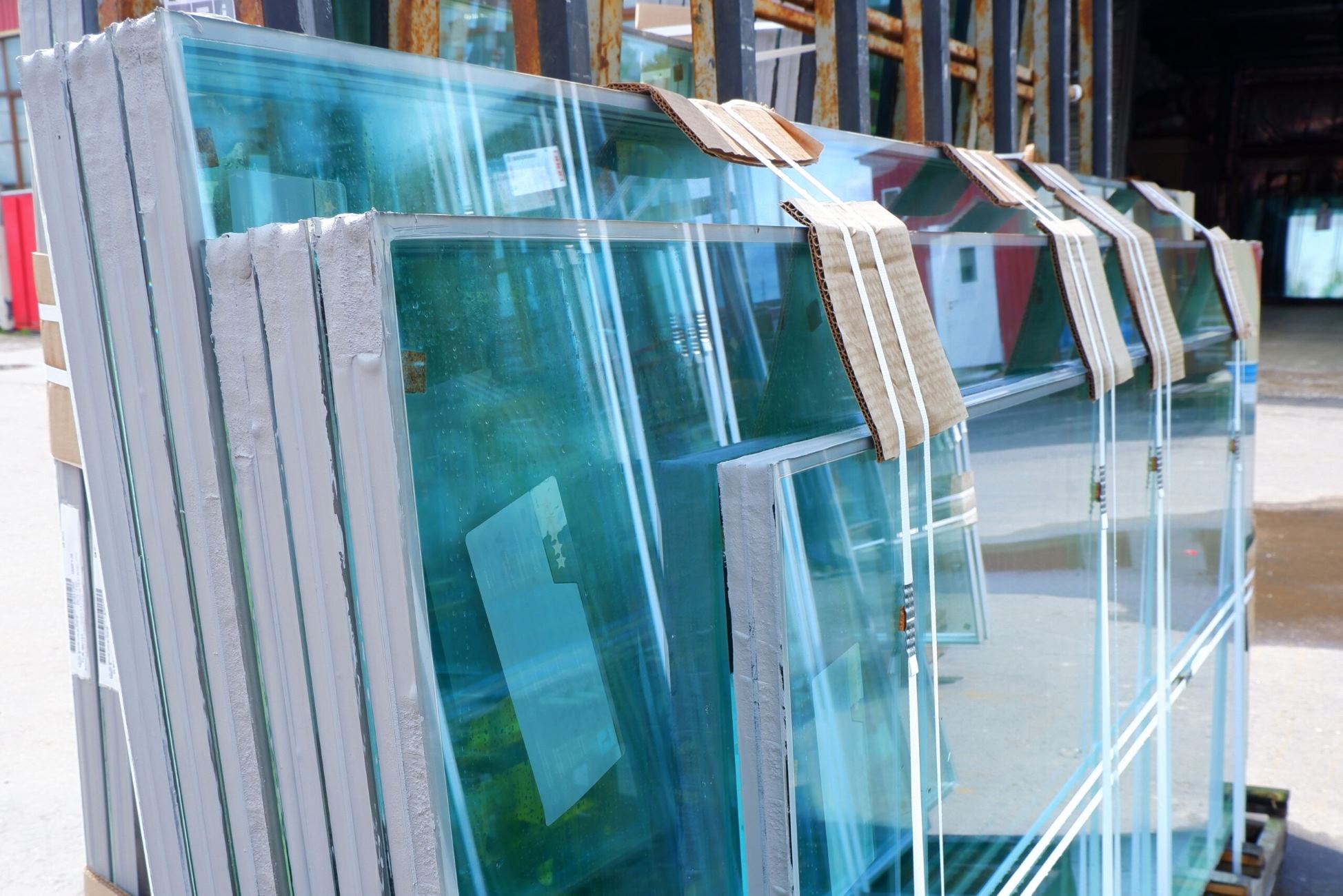

Interior Design Trends
What Is Low-E Glass
Modified: February 5, 2024
Discover how low-E glass can enhance your interior design. Learn about the benefits and trends in using low-E glass for energy efficiency and style.
(Many of the links in this article redirect to a specific reviewed product. Your purchase of these products through affiliate links helps to generate commission for Storables.com, at no extra cost. Learn more)
Introduction
Low-E glass, short for low-emissivity glass, has revolutionized the architectural and interior design industries with its exceptional energy-efficient properties and aesthetic appeal. This innovative glazing material has become increasingly popular in modern construction and renovation projects, offering a sustainable solution to enhance comfort and reduce energy consumption.
Low-E glass is a testament to the continuous evolution of building materials, addressing the growing need for environmentally conscious design and energy-efficient solutions. Its widespread adoption underscores the industry's commitment to sustainability and the pursuit of cutting-edge technologies that benefit both the environment and occupants.
As we delve into the intricacies of low-E glass, it becomes evident that its impact extends far beyond mere functionality. This remarkable material has redefined the parameters of architectural design, enabling the creation of spaces that seamlessly blend form and function while prioritizing energy efficiency.
The exploration of low-E glass encompasses not only its technical aspects but also its profound influence on the aesthetics and performance of buildings. By understanding the nuances of this advanced glazing technology, designers, architects, and homeowners can make informed decisions that align with their sustainability goals and design aspirations.
In the subsequent sections, we will unravel the intricacies of low-E glass, delving into its definition, working principles, diverse types, array of benefits, versatile applications, and essential considerations for its effective utilization. This comprehensive exploration will illuminate the multifaceted nature of low-E glass, shedding light on its transformative potential in shaping the built environment.
Key Takeaways:
- Low-E glass is a super cool material that helps buildings save energy and stay comfy by controlling heat and letting in lots of natural light. It’s like magic for making spaces cozy and eco-friendly!
- Low-E glass comes in different types, like hard-coat and soft-coat, to fit different places and climates. It’s like having a superhero for windows that keeps homes and buildings just right, no matter the weather!
Read more: What Is Low E Insulation
Definition of Low-E Glass
Low-E glass, short for low-emissivity glass, is a technologically advanced glazing material that has gained prominence in the construction and interior design sectors. This innovative glass variant is engineered with a microscopically thin, virtually invisible coating that significantly alters its thermal properties. The primary function of low-E glass is to minimize heat transfer through windows while allowing ample natural light to penetrate indoor spaces.
The term "low-emissivity" refers to the glass's ability to emit low levels of radiant thermal energy. This characteristic is pivotal in regulating indoor temperatures, especially in regions with extreme climatic conditions. By mitigating heat loss during colder months and reducing heat gain in warmer seasons, low-E glass contributes to maintaining a comfortable indoor environment while curbing energy consumption.
The coating applied to low-E glass is instrumental in modifying its emissivity, effectively controlling the amount of infrared and ultraviolet light that can pass through the glass. This selective filtration of light wavelengths enables low-E glass to minimize heat transfer without compromising visible light transmission, ensuring that interiors remain well-lit and inviting.
Furthermore, low-E glass is available in various configurations, offering tailored solutions to suit specific climate requirements and design preferences. Whether it's a double-paned insulated glass unit or a triple-paned assembly, low-E glass can be customized to align with diverse architectural and energy efficiency objectives.
In essence, low-E glass represents a paradigm shift in glazing technology, transcending traditional glass functionalities by integrating energy-efficient properties without sacrificing natural illumination. Its ability to strike a harmonious balance between thermal performance and daylight optimization has positioned low-E glass as a cornerstone of sustainable building design, empowering architects and designers to create spaces that prioritize occupant comfort and environmental responsibility.
How Low-E Glass Works
Low-E glass operates on the principle of modifying the thermal properties of traditional glazing materials to enhance energy efficiency and indoor comfort. At the core of its functionality lies a sophisticated coating that is engineered to selectively control the transmission of solar radiation while allowing visible light to permeate indoor spaces.
The microscopically thin coating, typically composed of metallic oxides, is applied to the surface of the glass through advanced sputter-coating processes. This coating serves as a pivotal barrier that regulates the passage of infrared and ultraviolet light, thereby mitigating heat transfer and minimizing the impact of external climatic conditions on indoor temperatures.
By virtue of its low emissivity, the coating effectively reflects a significant portion of the long-wave infrared energy, which is responsible for heat transfer. This means that during colder months, the heat generated indoors is retained, contributing to a warmer and more comfortable interior environment. Conversely, in warmer seasons, the coating acts as a deterrent to excessive heat gain, thereby reducing the reliance on mechanical cooling systems and enhancing energy efficiency.
The selective filtration of solar radiation by low-E glass is achieved without compromising visible light transmission, ensuring that interiors remain well-lit and visually connected to the outdoor environment. This harmonious balance between thermal performance and daylight optimization is a hallmark of low-E glass, enabling architects and designers to create spaces that are both energy-efficient and aesthetically pleasing.
Furthermore, the advanced composition of low-E glass allows it to effectively block a significant portion of the sun's harmful ultraviolet rays, thereby mitigating the fading of interior furnishings and artworks. This protective attribute contributes to the preservation of interior elements, prolonging their aesthetic appeal and reducing the need for premature replacements.
In essence, the operational efficacy of low-E glass is rooted in its ability to modulate solar radiation, minimize heat transfer, and optimize visible light transmission. This transformative glazing material has redefined the parameters of sustainable building design, offering a holistic solution that prioritizes energy efficiency, occupant comfort, and the preservation of interior aesthetics.
Types of Low-E Glass
Low-E glass is available in various configurations, each tailored to address specific architectural, climatic, and energy efficiency requirements. The diverse types of low-E glass offer nuanced solutions that cater to a spectrum of design preferences and performance objectives. Understanding the distinct characteristics of each type is crucial for selecting the most suitable variant for a given project. Here are some prominent types of low-E glass:
-
Hard-Coat Low-E Glass: Also known as pyrolytic low-E glass, this type features a durable coating that is fused to the glass surface during the manufacturing process. Hard-coat low-E glass exhibits robust thermal performance and is well-suited for applications where enhanced durability and scratch resistance are paramount. This type of low-E glass is often favored for commercial and high-traffic environments due to its resilience.
-
Soft-Coat Low-E Glass: Unlike hard-coat low-E glass, soft-coat low-E glass undergoes a more intricate manufacturing process, wherein the delicate coating is applied in a vacuum-sealed chamber. This method results in a highly efficient low-E glass variant that offers superior thermal insulation and enhanced solar control. Soft-coat low-E glass is particularly well-suited for residential and upscale commercial projects where optimal energy performance and aesthetic finesse are essential.
-
Double-Pane Low-E Glass: This configuration comprises two panes of glass with a low-E coating applied to one of the interior surfaces. The insulating airspace between the panes enhances thermal efficiency, making double-pane low-E glass an effective solution for climates with moderate temperature differentials. It strikes a balance between energy performance and cost-effectiveness, making it a popular choice for a wide range of architectural applications.
-
Triple-Pane Low-E Glass: As the name suggests, this type features an additional pane of glass, resulting in three layers with low-E coatings. Triple-pane low-E glass offers unparalleled thermal insulation and sound attenuation, making it ideal for regions with extreme climates and stringent energy efficiency requirements. While it represents a higher initial investment, its long-term benefits in terms of energy savings and comfort make it a compelling choice for sustainable building designs.
-
Tinted Low-E Glass: Tinted low-E glass integrates a subtle tint into the glass composition, enhancing its solar control capabilities while maintaining a sleek aesthetic. This type of low-E glass is adept at reducing glare and minimizing solar heat gain, making it an excellent choice for projects where daylight optimization and visual comfort are paramount.
By comprehensively understanding the distinct attributes of these types of low-E glass, architects, designers, and homeowners can make informed decisions that align with their specific design objectives and sustainability goals. The versatility and adaptability of low-E glass variants empower stakeholders to integrate energy-efficient glazing solutions seamlessly into diverse architectural contexts, thereby elevating the performance and visual appeal of built environments.
Benefits of Low-E Glass
Low-E glass offers a myriad of compelling benefits that transcend conventional glazing materials, positioning it as a transformative solution for sustainable building design and energy-efficient interiors. The remarkable advantages of low-E glass encompass enhanced thermal performance, superior energy efficiency, preservation of interior aesthetics, and improved occupant comfort.
One of the primary benefits of low-E glass lies in its ability to significantly improve thermal insulation and regulate indoor temperatures. By minimizing heat transfer through windows, low-E glass effectively reduces energy consumption associated with heating and cooling systems. This translates into tangible cost savings for homeowners and businesses, as the demand for mechanical heating and cooling is mitigated, leading to lower utility bills and enhanced operational efficiency.
Furthermore, low-E glass plays a pivotal role in preserving interior aesthetics by mitigating the harmful effects of ultraviolet radiation. The advanced composition of low-E glass enables it to block a substantial portion of the sun's ultraviolet rays, thereby safeguarding interior furnishings, artwork, and flooring from fading and degradation. This protective attribute contributes to the longevity of interior elements, reducing the need for premature replacements and preserving the visual appeal of indoor spaces.
In addition to its energy-saving capabilities, low-E glass optimizes daylight transmission, ensuring that interiors remain well-lit and visually connected to the outdoor environment. This not only enhances the overall ambiance of indoor spaces but also reduces the reliance on artificial lighting, contributing to additional energy savings and a more sustainable built environment.
Moreover, low-E glass offers enhanced comfort for building occupants by minimizing temperature differentials near windows, thereby mitigating drafts and cold spots. This results in a more consistent and comfortable indoor environment throughout the year, promoting occupant well-being and productivity.
The multifaceted benefits of low-E glass underscore its pivotal role in sustainable building design, offering a holistic solution that prioritizes energy efficiency, interior preservation, and occupant comfort. By integrating low-E glass into architectural projects, designers and homeowners can elevate the performance and environmental responsibility of built environments while reaping the tangible rewards of reduced energy consumption and enhanced visual appeal.
Read more: What Is Low Iron Glass
Applications of Low-E Glass
Low-E glass has found widespread application in diverse architectural contexts, offering a versatile and sustainable solution for enhancing building performance and interior comfort. Its unique properties and energy-efficient characteristics make it an ideal choice for a range of applications, spanning residential, commercial, and institutional projects.
In residential settings, low-E glass is extensively utilized in windows, doors, and skylights to optimize natural light transmission while minimizing heat loss or gain. By integrating low-E glass into residential structures, homeowners can create well-lit and visually inviting interiors while reducing their reliance on artificial lighting and mechanical heating or cooling systems. This not only enhances energy efficiency but also fosters a more comfortable and sustainable living environment for occupants.
In commercial and institutional buildings, low-E glass serves as a cornerstone of sustainable design, contributing to the creation of environmentally responsible and visually striking spaces. From office complexes and educational institutions to healthcare facilities and hospitality venues, low-E glass is employed to optimize energy performance, mitigate solar heat gain, and preserve interior aesthetics. Its ability to regulate indoor temperatures and minimize the fading of interior elements makes it an invaluable asset in maintaining comfortable and visually appealing environments for employees, students, patients, and visitors.
Moreover, low-E glass is increasingly integrated into green building initiatives and sustainable development projects, where its energy-saving capabilities and environmental benefits align with stringent performance standards and sustainability certifications. Its application in high-performance, energy-efficient buildings underscores its pivotal role in advancing the principles of sustainable architecture and design, contributing to reduced carbon footprints and operational costs.
Beyond traditional building envelopes, low-E glass is also utilized in specialized architectural features such as curtain walls, atriums, and glass facades, where its thermal performance and daylight optimization properties are leveraged to create visually striking and environmentally conscious structures. The seamless integration of low-E glass into these architectural elements not only enhances their aesthetic appeal but also reinforces their energy-efficient and sustainable attributes, setting new benchmarks for contemporary design and construction practices.
In essence, the applications of low-E glass are diverse and far-reaching, encompassing a spectrum of residential, commercial, institutional, and specialized architectural contexts. Its integration into building envelopes, interior partitions, and architectural features exemplifies its transformative potential in shaping the built environment, offering a sustainable and visually compelling solution that transcends conventional glazing materials.
Considerations for Using Low-E Glass
When considering the integration of low-E glass into architectural projects, several crucial factors merit careful evaluation to ensure optimal performance, aesthetic coherence, and long-term satisfaction. These considerations encompass diverse aspects, ranging from climate-specific requirements and architectural design objectives to maintenance considerations and budgetary constraints.
Climate-Specific Requirements
The climatic conditions of the project location play a pivotal role in determining the most suitable type of low-E glass. Regions with extreme temperature differentials may benefit from triple-pane low-E glass, which offers unparalleled thermal insulation, while moderate climates might find double-pane low-E glass to be a cost-effective yet efficient solution. Understanding the specific heating and cooling demands of the region is essential for selecting the appropriate low-E glass variant that aligns with energy efficiency goals.
Architectural Design Objectives
The aesthetic and functional aspirations of the architectural design must harmonize with the properties of low-E glass. Whether the project calls for expansive glass facades, panoramic windows, or skylights, the selection of low-E glass should complement the design intent while optimizing natural light transmission and thermal performance. Balancing visual transparency with solar control capabilities is crucial in achieving a cohesive integration of low-E glass within the architectural context.
Read more: What Is A Low Profile Mattress
Maintenance Considerations
While low-E glass is engineered for long-term durability and performance, understanding its maintenance requirements is essential for preserving its energy-efficient properties and visual clarity. Factors such as the accessibility of windows for cleaning, the impact of environmental pollutants, and the longevity of the low-E coating should be taken into account to ensure that the glazing system remains effective and visually appealing over time.
Budgetary Constraints
The cost implications of integrating low-E glass into a project should be carefully evaluated, considering factors such as the initial investment, long-term energy savings, and potential incentives or rebates for energy-efficient building materials. Balancing the upfront costs with the projected benefits in terms of energy efficiency, occupant comfort, and interior preservation is essential for making informed decisions that align with budgetary constraints.
Regulatory Compliance
Adhering to local building codes, energy efficiency standards, and environmental regulations is imperative when incorporating low-E glass into architectural projects. Understanding the compliance requirements and performance benchmarks set forth by regulatory authorities ensures that the selected low-E glass variant meets the necessary criteria for sustainable building design and energy efficiency.
By meticulously addressing these considerations, architects, designers, and homeowners can navigate the complexities of integrating low-E glass into their projects with confidence, ensuring that the selected glazing solution aligns with the specific climate demands, design objectives, maintenance needs, budgetary parameters, and regulatory mandates. This comprehensive approach facilitates the seamless integration of low-E glass, fostering sustainable, visually compelling, and energy-efficient built environments that prioritize occupant comfort and environmental responsibility.
Low-E glass, or low-emissivity glass, has a thin coating that helps control the transfer of heat and UV rays through windows. This can help reduce energy costs and protect furniture from sun damage.
Conclusion
In conclusion, the pervasive influence of low-E glass on contemporary architectural and interior design landscapes is undeniable. This innovative glazing material has transcended conventional paradigms, offering a harmonious fusion of energy efficiency, visual transparency, and interior comfort. By selectively modulating solar radiation and minimizing heat transfer, low-E glass has redefined the parameters of sustainable building design, empowering architects, designers, and homeowners to create spaces that prioritize occupant well-being and environmental responsibility.
The multifaceted benefits of low-E glass, ranging from enhanced thermal insulation and energy savings to the preservation of interior aesthetics, underscore its transformative potential in shaping the built environment. Its diverse applications in residential, commercial, institutional, and specialized architectural contexts exemplify its adaptability and versatility, offering tailored solutions that cater to a spectrum of design preferences and performance objectives.
As the architectural and interior design industries continue to embrace sustainable practices and energy-efficient solutions, low-E glass stands as a beacon of innovation, embodying the industry's commitment to environmental stewardship and occupant-centric design. Its seamless integration into building envelopes, interior partitions, and architectural features exemplifies its transformative potential, setting new benchmarks for contemporary design and construction practices.
The considerations for using low-E glass, encompassing climate-specific requirements, architectural design objectives, maintenance considerations, budgetary constraints, and regulatory compliance, underscore the importance of informed decision-making when integrating this advanced glazing material into architectural projects. By meticulously addressing these considerations, stakeholders can ensure that the selected low-E glass variant aligns with their specific design objectives, sustainability goals, and long-term satisfaction.
In essence, low-E glass represents a paradigm shift in glazing technology, offering a sustainable and visually compelling solution that transcends traditional glazing materials. Its profound impact on the built environment, coupled with its ability to harmonize energy efficiency with aesthetic finesse, positions low-E glass as a cornerstone of contemporary architectural and interior design, shaping spaces that prioritize occupant comfort, environmental responsibility, and visual appeal.
Frequently Asked Questions about What Is Low-E Glass
Was this page helpful?
At Storables.com, we guarantee accurate and reliable information. Our content, validated by Expert Board Contributors, is crafted following stringent Editorial Policies. We're committed to providing you with well-researched, expert-backed insights for all your informational needs.
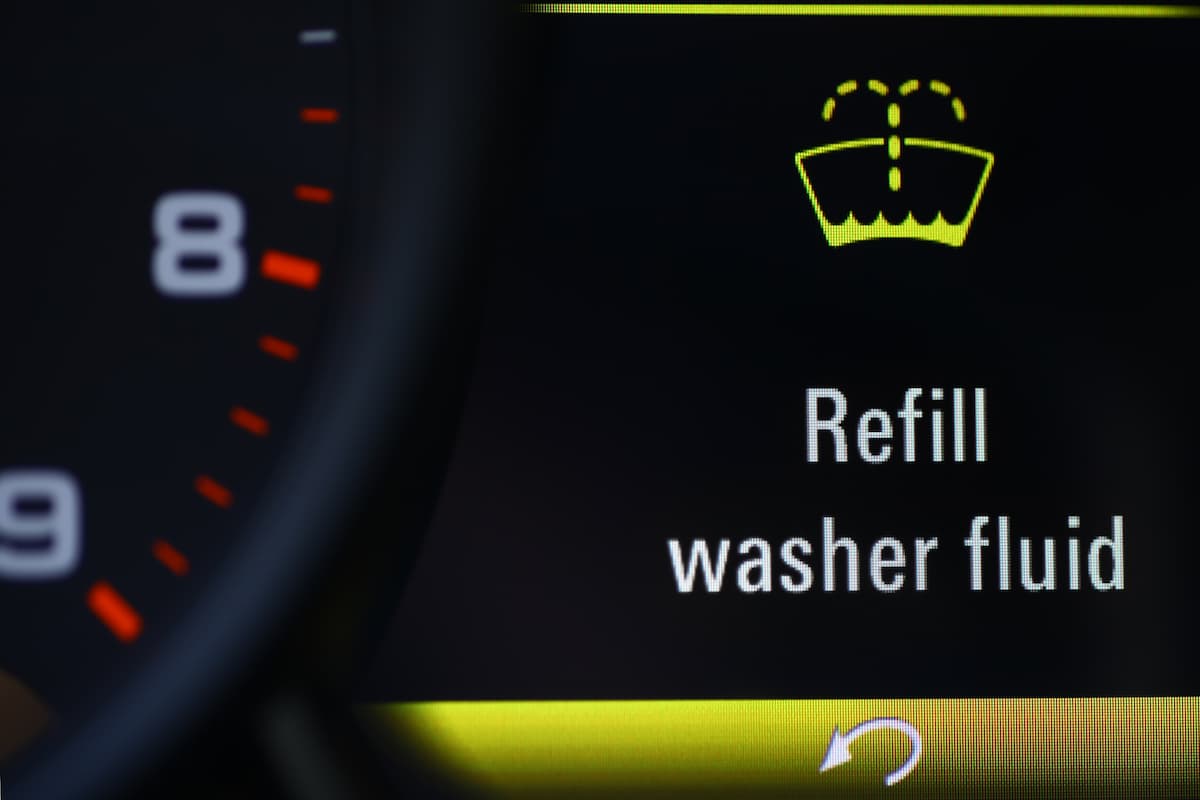
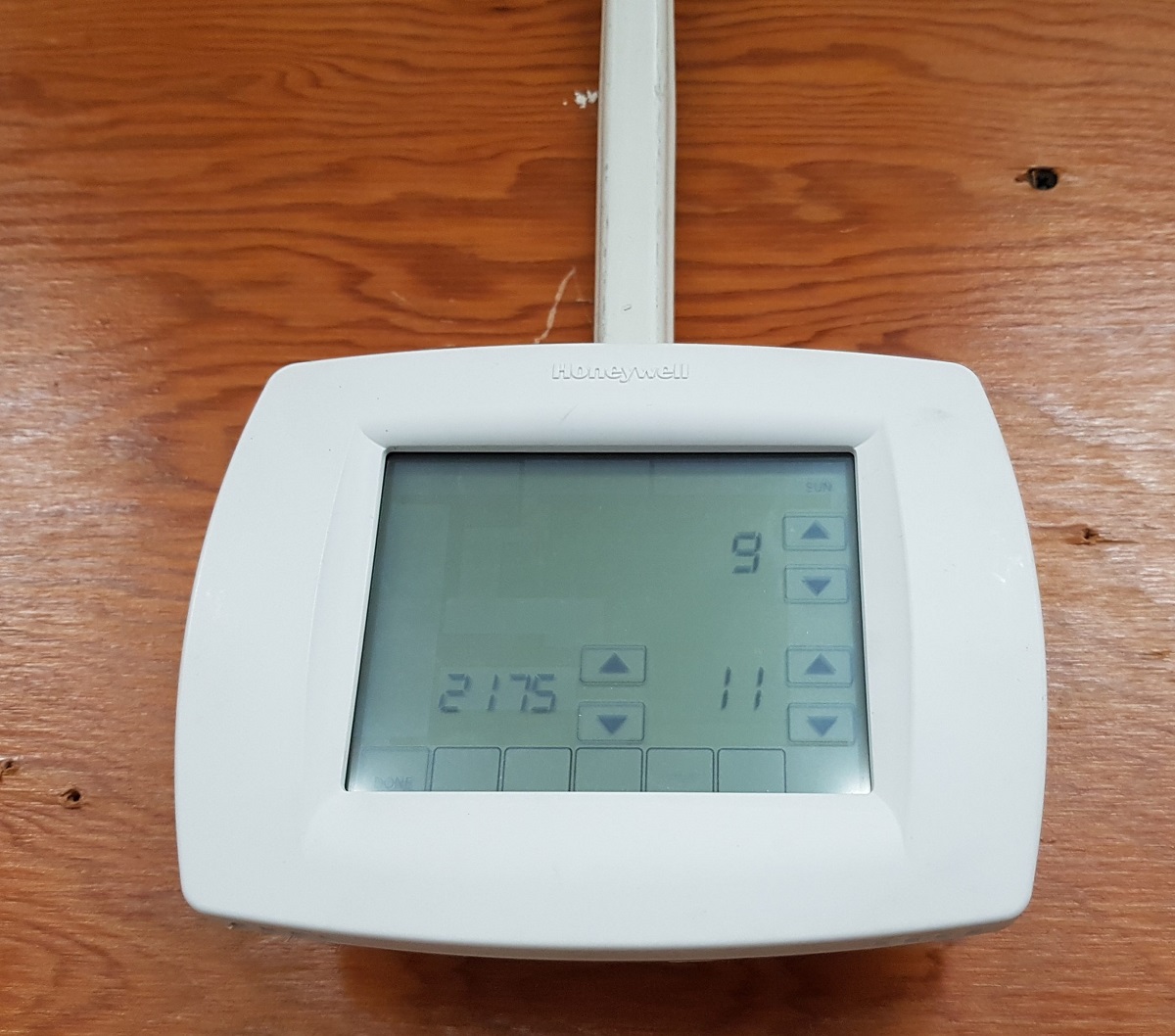
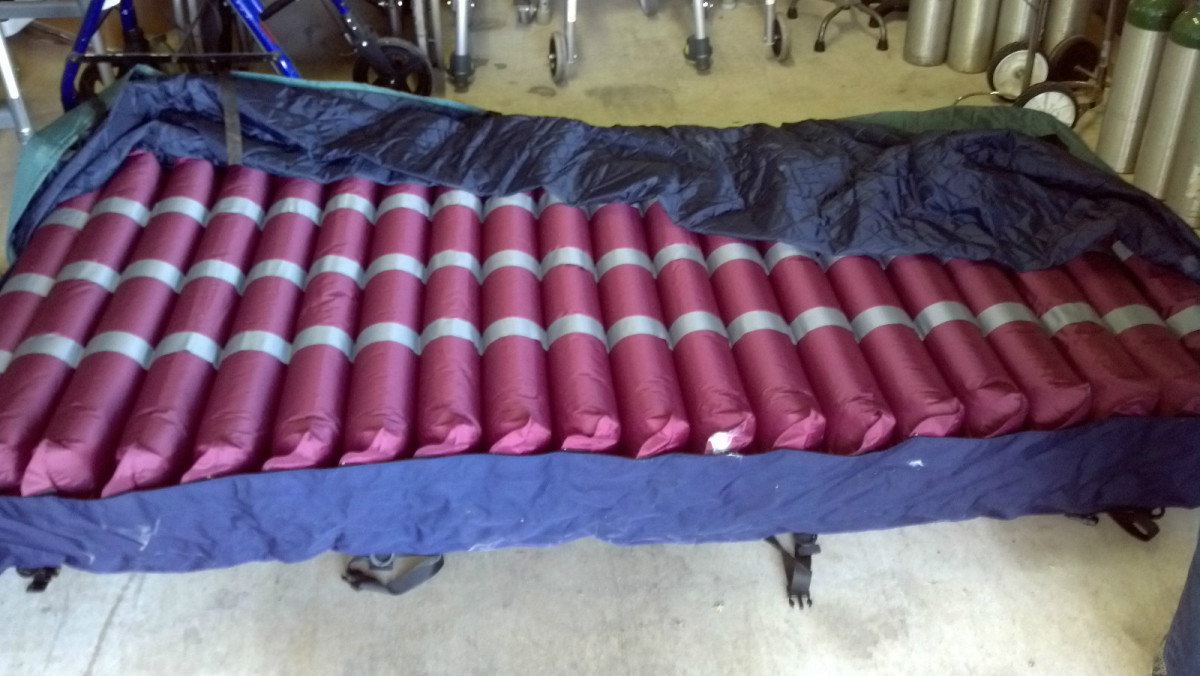

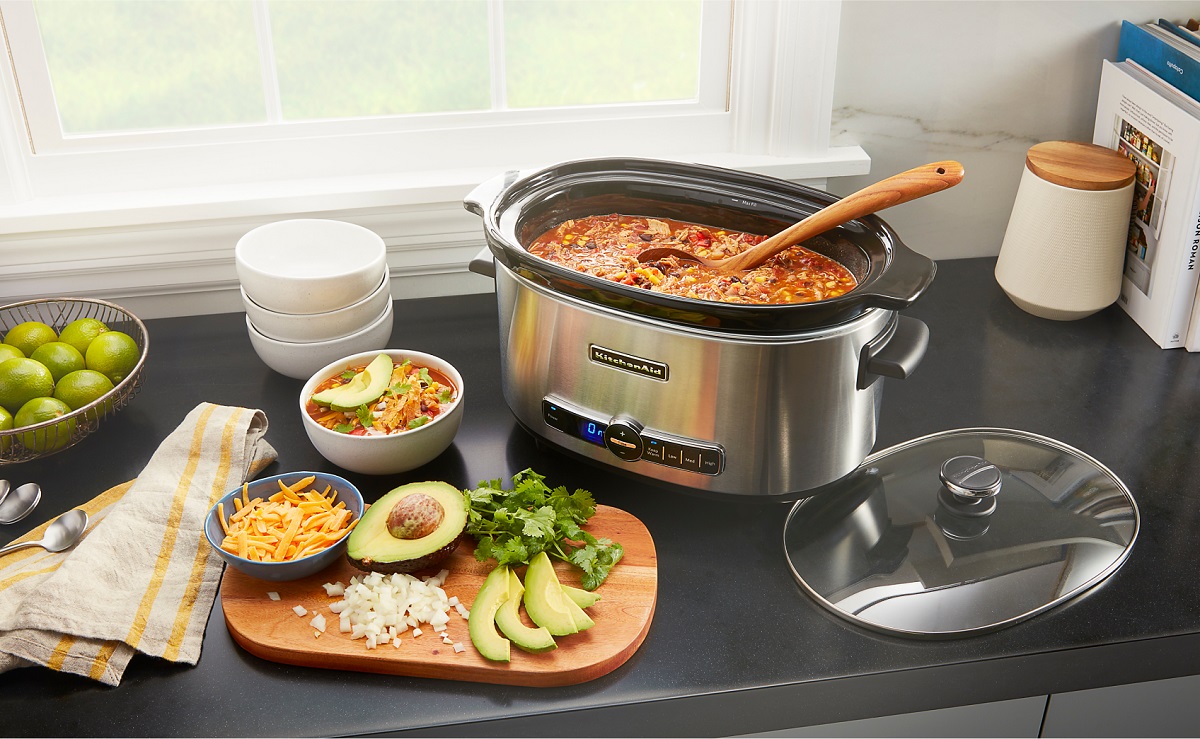
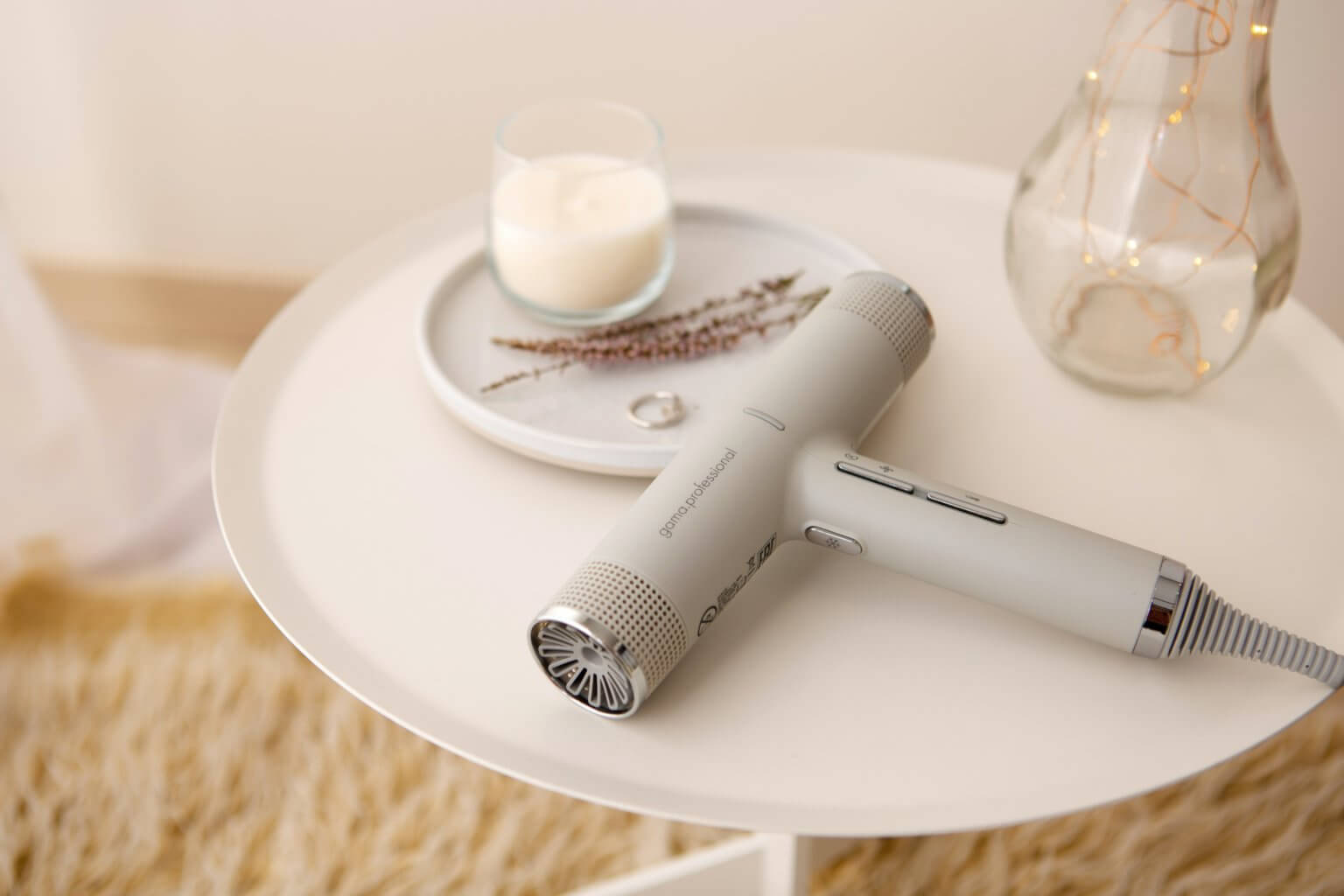
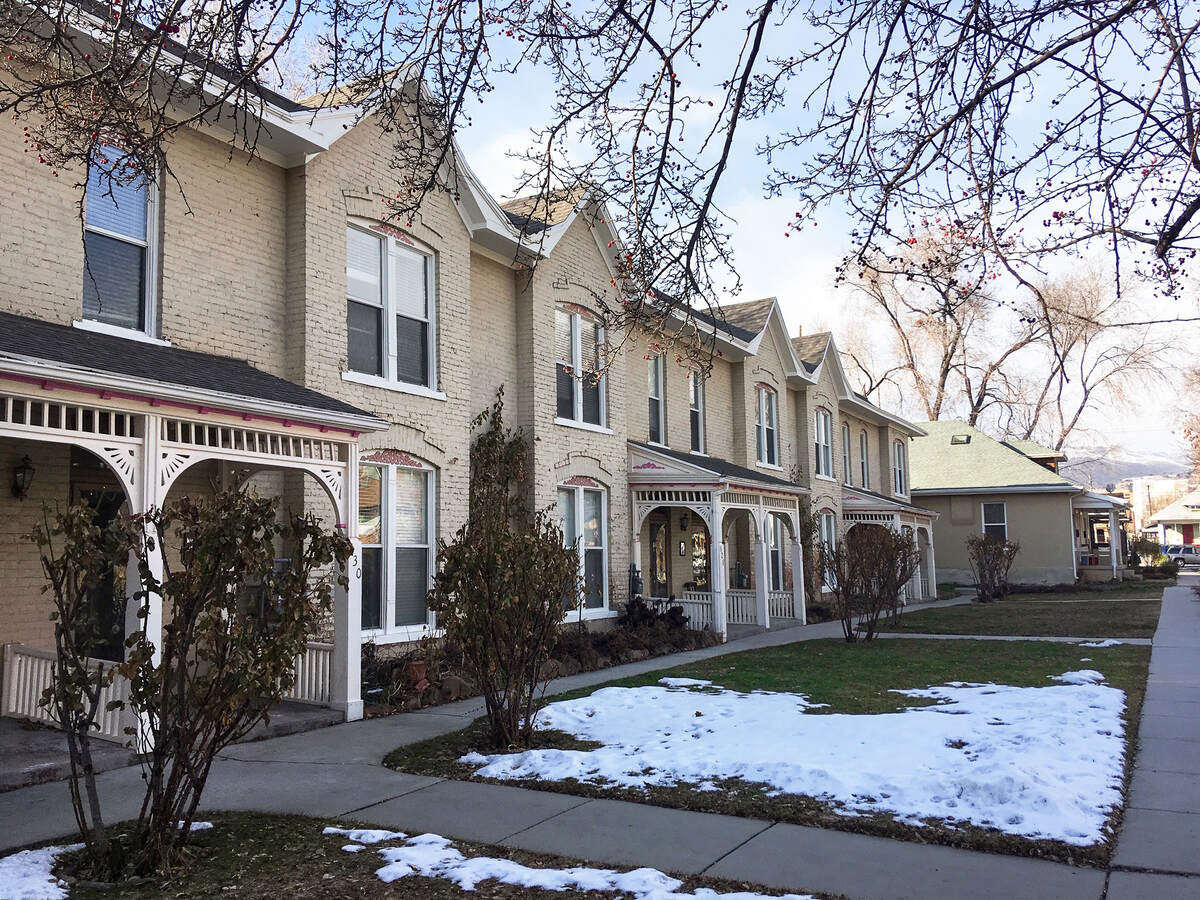
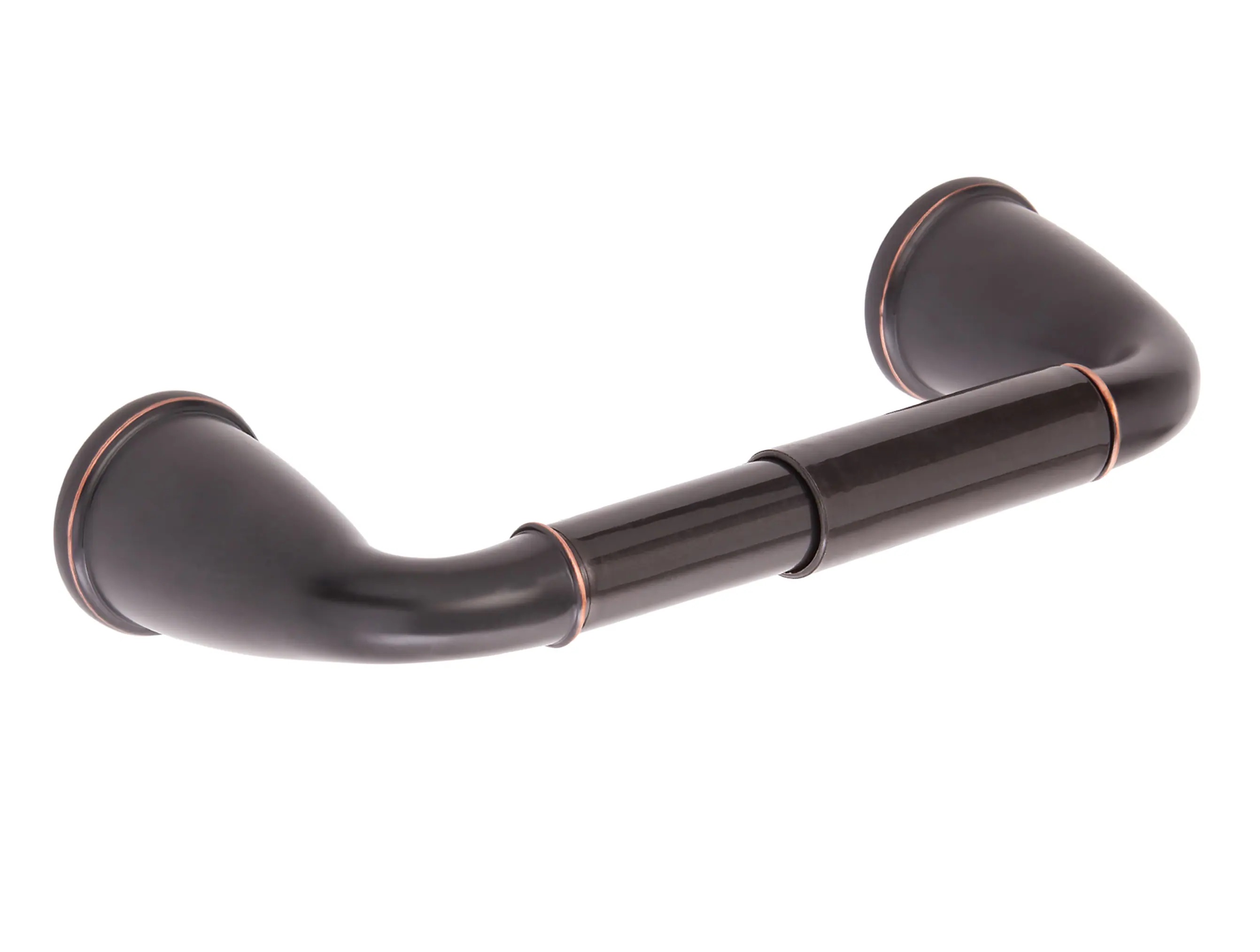
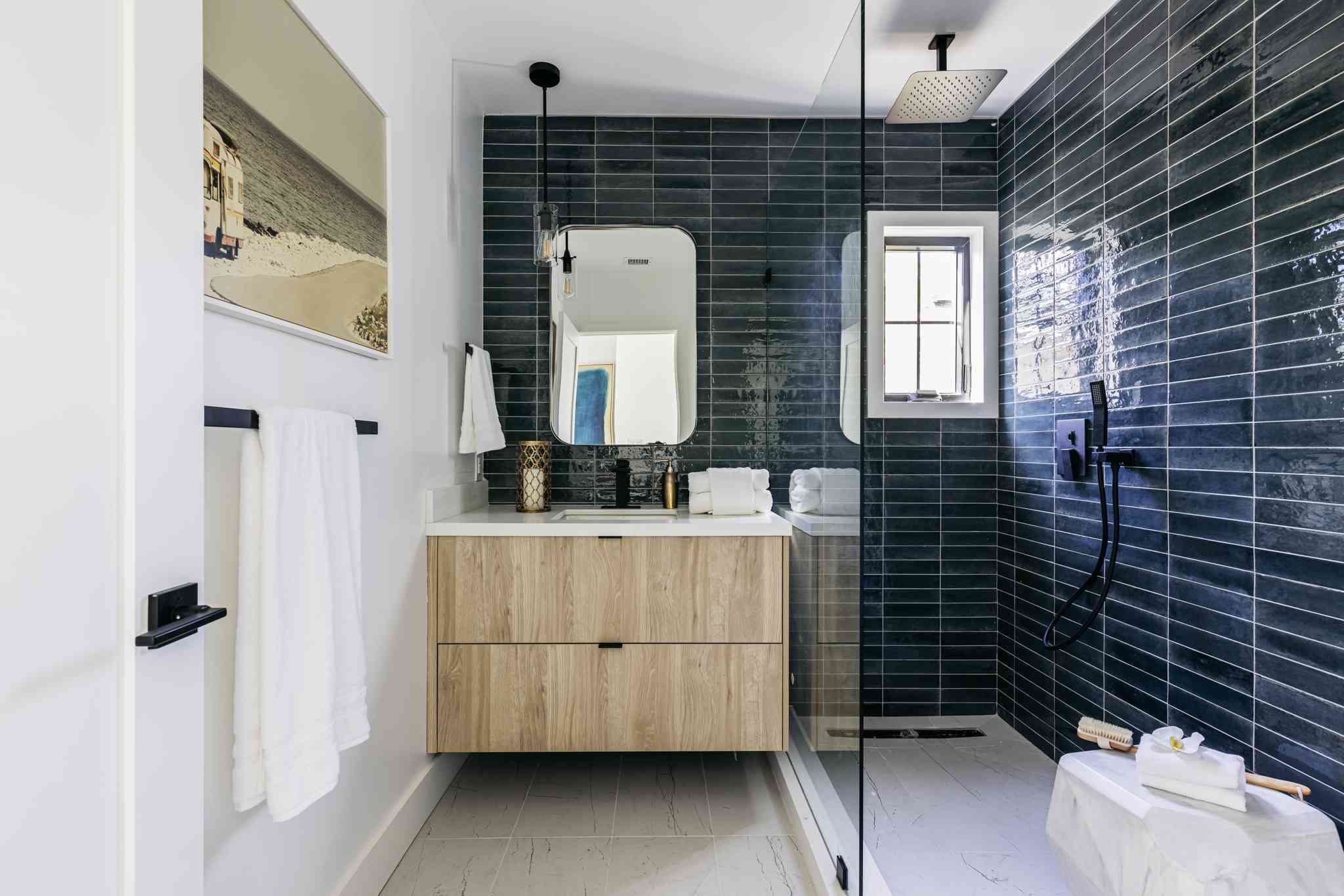
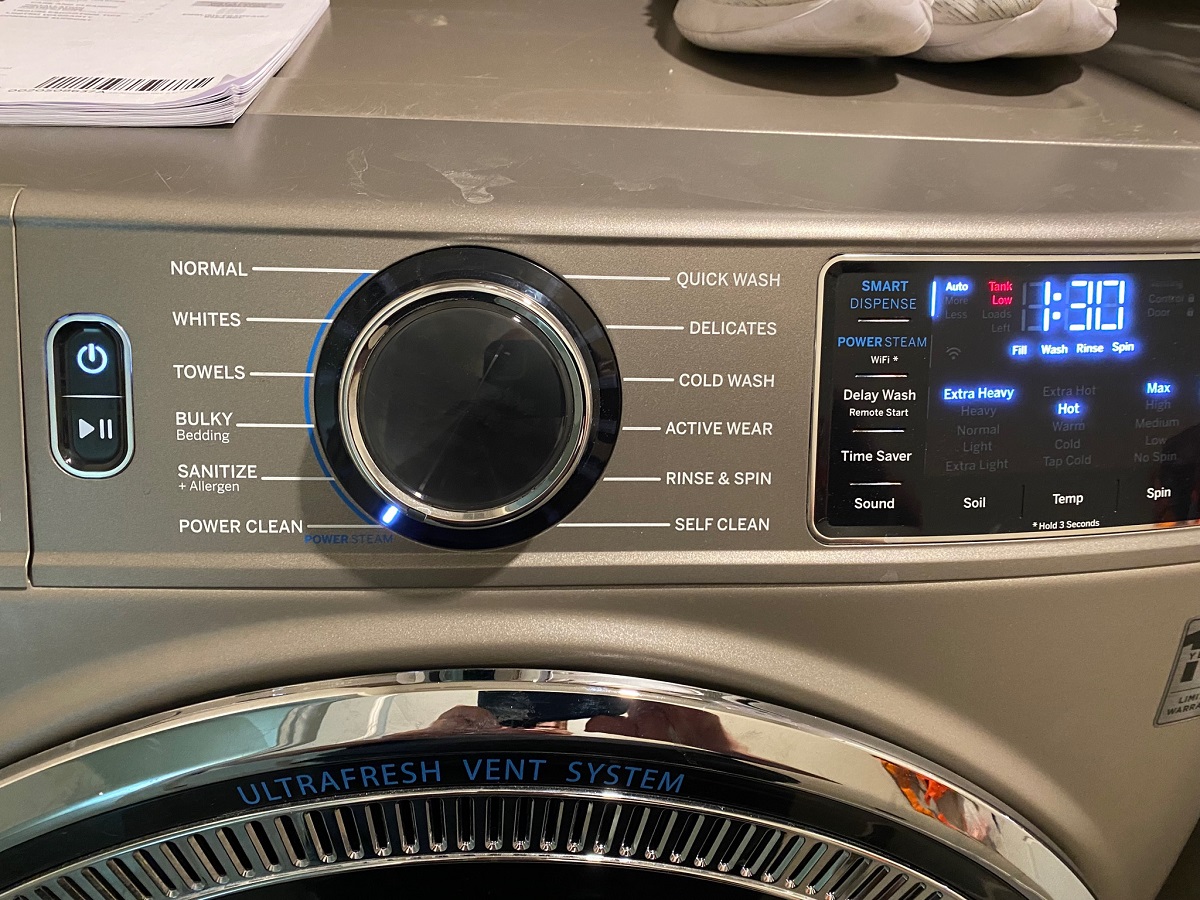
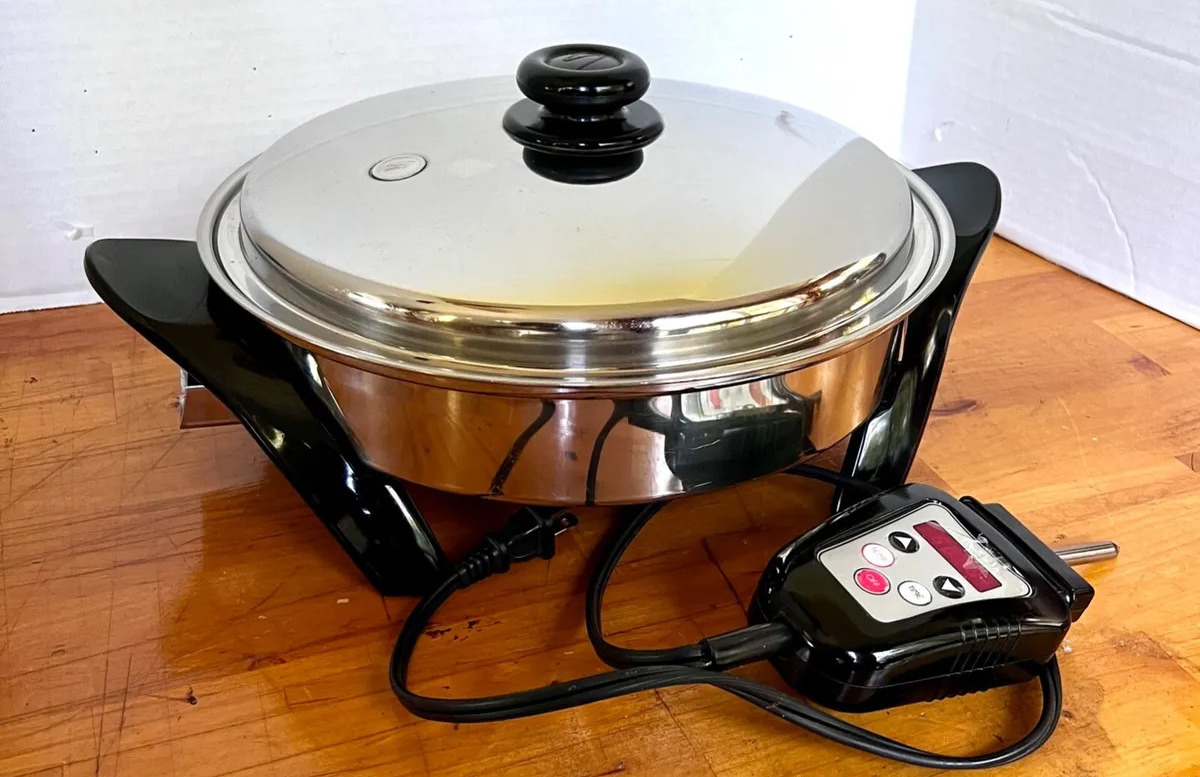
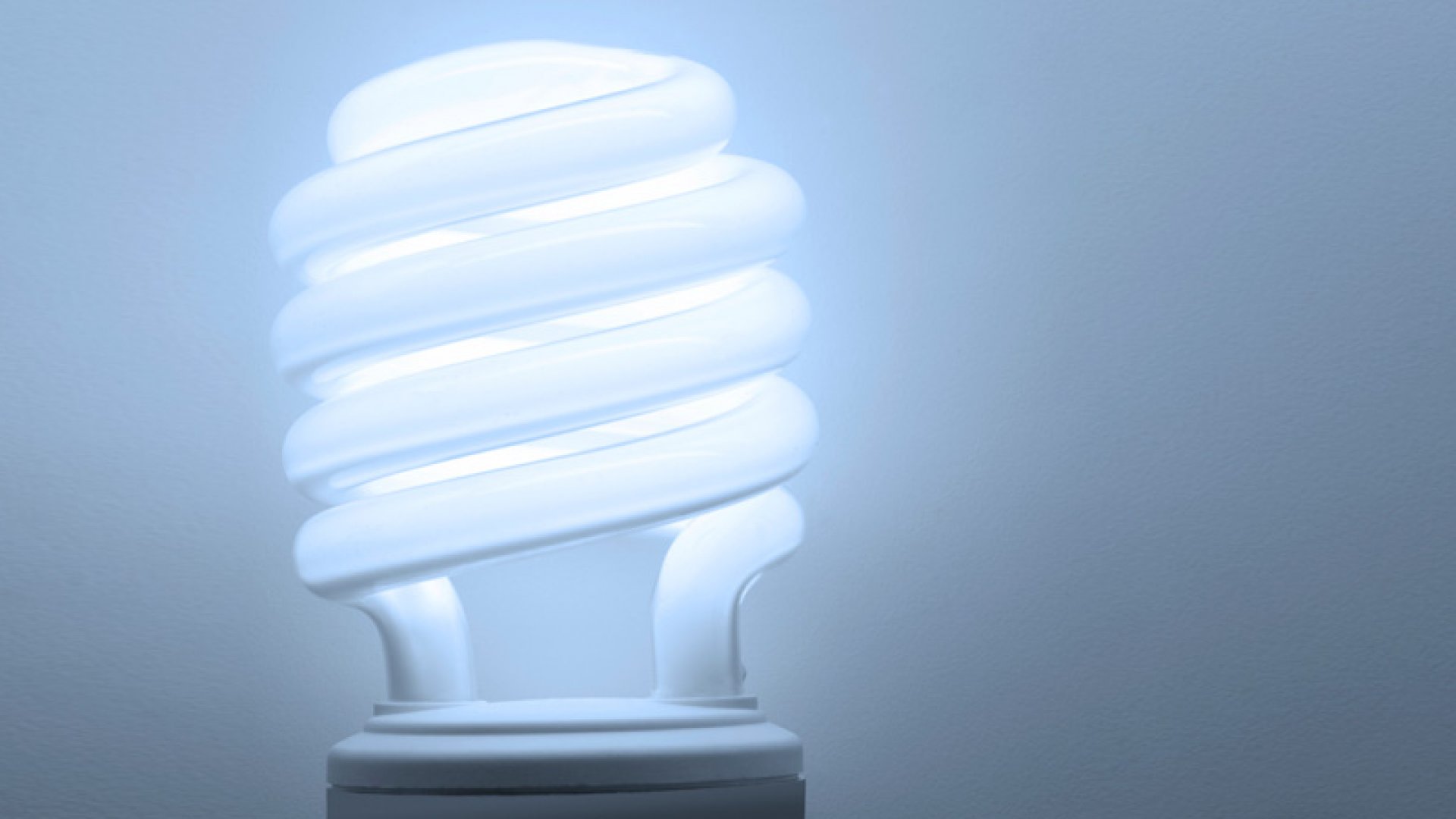
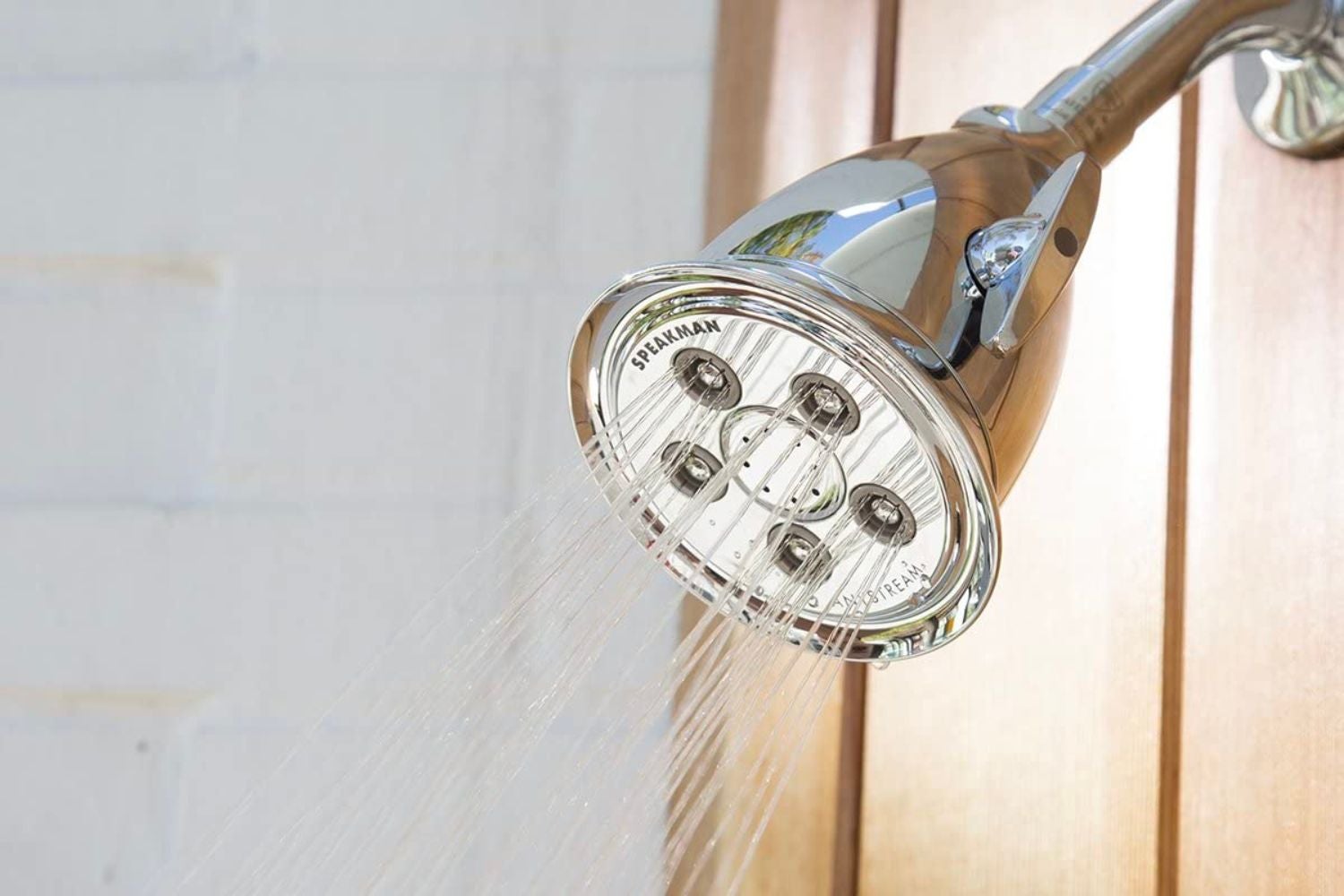

0 thoughts on “What Is Low-E Glass”